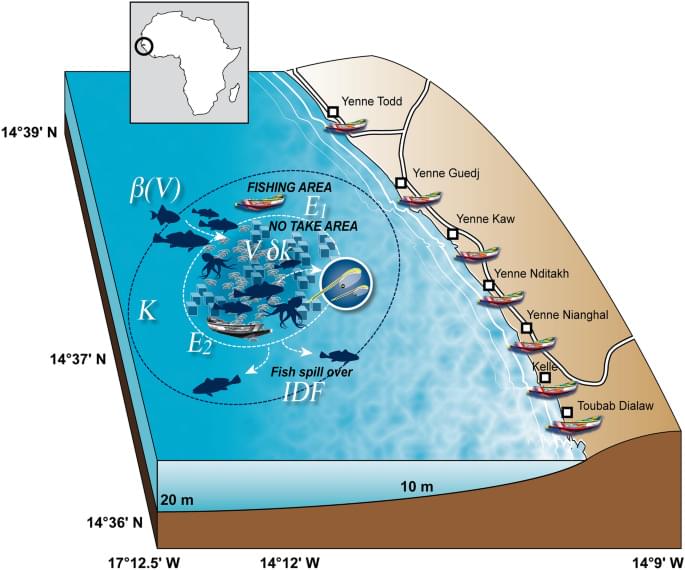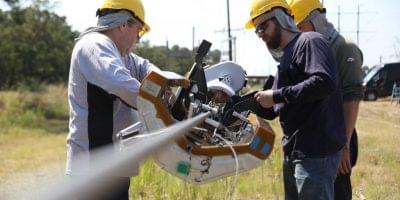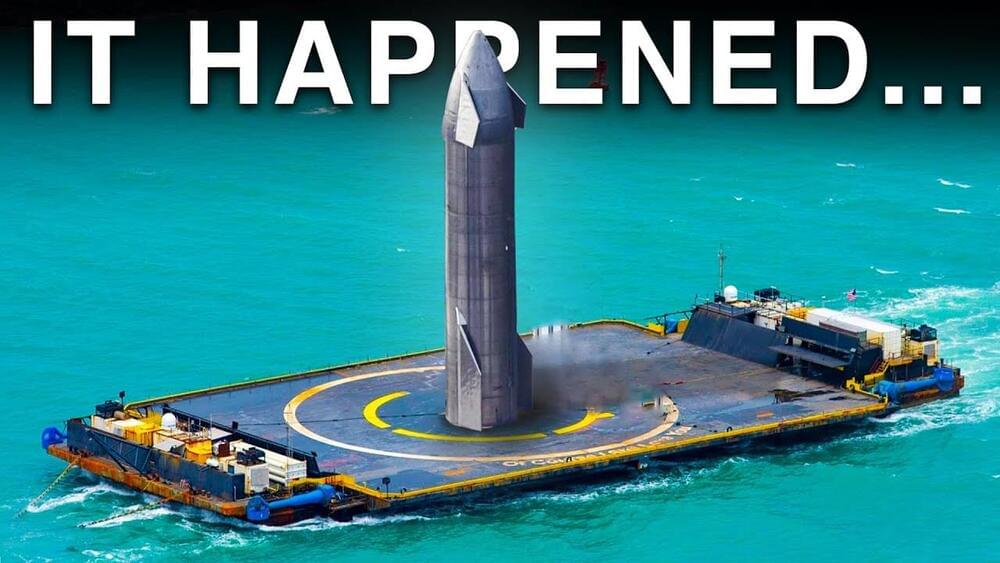Oct 12, 2021
Successful artificial reefs depend on getting the context right due to complex socio-bio-economic interactions
Posted by Michael Taylor in categories: augmented reality, economics, governance, mathematics, sustainability
Coastal artisanal fisheries, particularly those in developing countries, are facing a global crisis of overexploitation1. Artificial reefs (ARs), or human–made reefs2, have been widely advocated by governmental and non-governmental conservation and management organizations for addressing these issues. Industries, particularly oil and gas, seeking to avoid the costs of removal or conventional disposal of used materials are often major advocates for deploying ARs. Yet, major questions remain regarding the success of such efforts in the context of weak governance and poorly sustained international investment in AR development projects. There is frequently confusion over whether or not ARs should be fishing sites and the precise goals of constructing such ARs are often unclear, making difficult to evaluate their successfulness3. Over the last 40 years, both failures and success AR implementation programs have been reported4,5. The main point of the present work is to underline the importance of the governance issue and address social and management factors on AR “success”.
To improve fishery yields, it has been recommended that ARs must be no-take areas (e.g.,2). Yet, most ARs were historically delineated as sites for fishing4, and were rarely implemented at large scales in/for no-take zones, even in countries with centuries of experience in constructing ARs, such as Japan. In Japan, fishery authorities and local fishers use ARs to promote sustainable catches and to establish nursery grounds of target species6. However, fishery authorities and local fishery cooperatives in Japan have extensive management authority over ARs. For example, fishing around ARs is usually limited to hook and line techniques, with net fishing rarely being permitted in areas where risk of entanglement in ARs is high. Furthermore, during spawning, fishing gear and fishing season are often restricted around ARs in Japan. These practices are recognized for their effectiveness in maintaining good fishing performance and marine conservation in Japan and elsewhere where they have been implemented7.

















